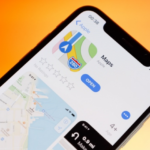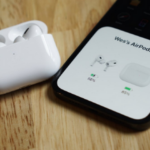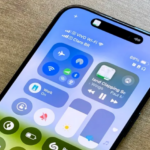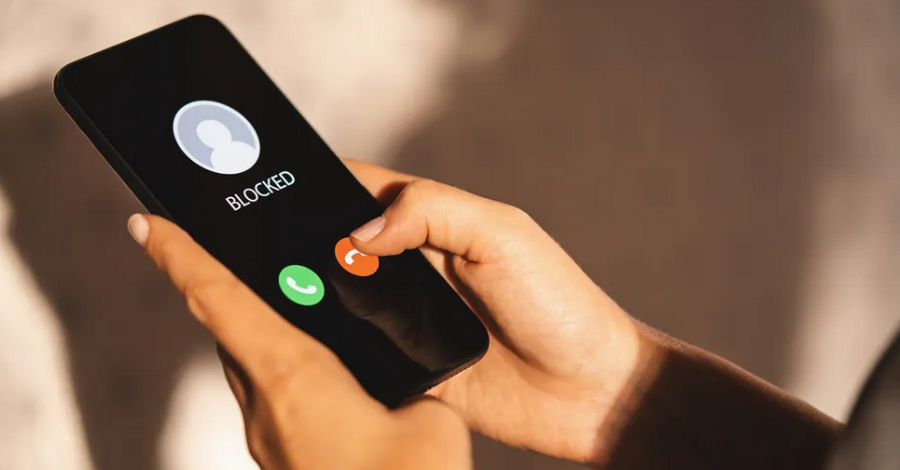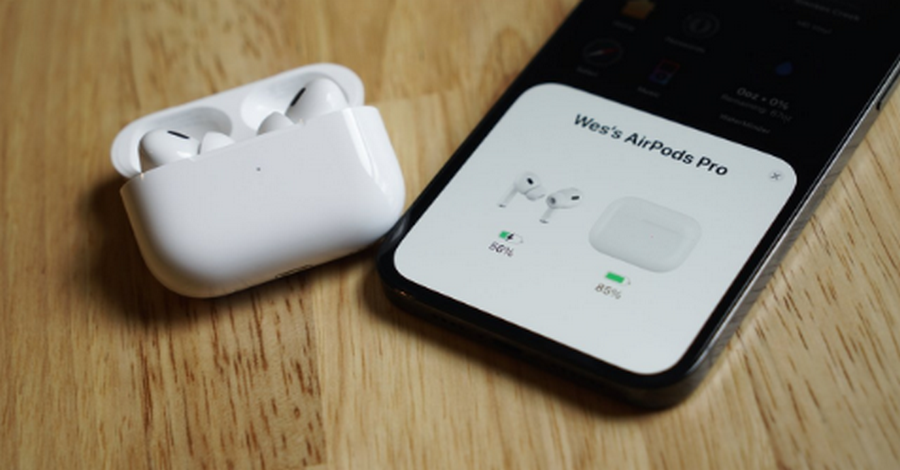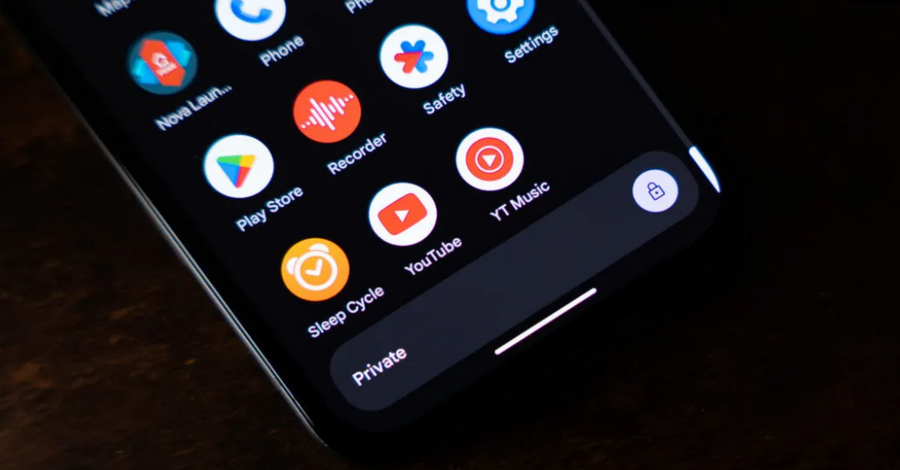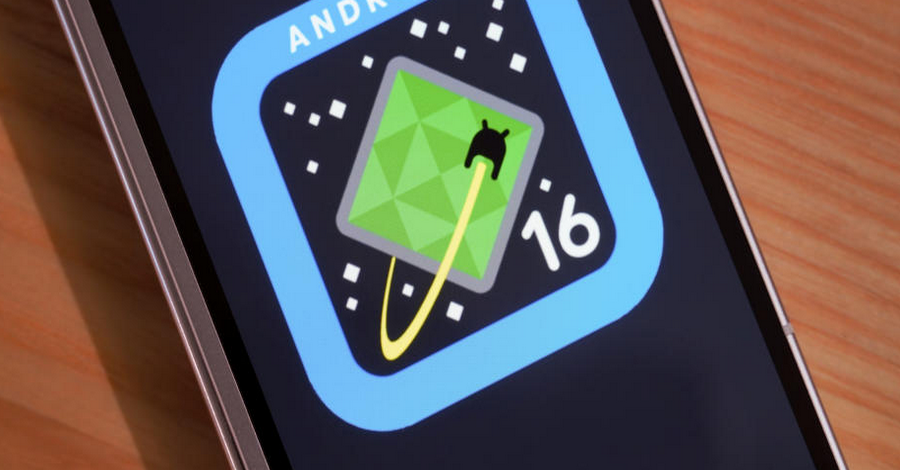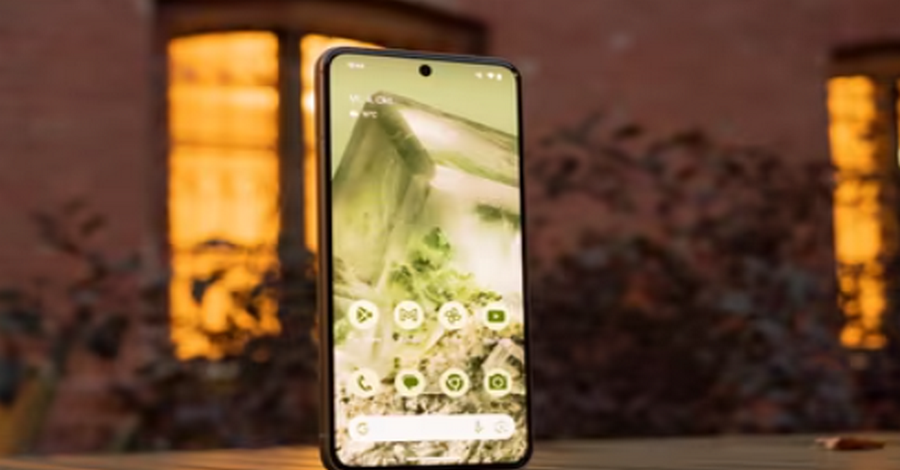When communication with someone suddenly stops, it can leave you wondering if your number might have been blocked. Whether you’re experiencing missed calls, undelivered messages, or just an overall lack of response, several clues can help you determine if someone has restricted contact with you. In this guide, we’ll go over common signs and methods to help you figure out if you’ve been blocked without needing to confront the person directly.
1. Recognizing the Effects of Being Blocked
Understanding what happens when a number is blocked can provide insight into the symptoms you might see. Blocking someone generally means the person won’t receive your calls, messages, or voicemails. When you call a blocked number, you may experience a few distinct signs:
a. Immediate Redirection to Voicemail
One of the clearest indications of being blocked is if your call goes straight to voicemail after just one ring or none at all. When this happens repeatedly, it’s a common sign that your calls are being routed directly to voicemail without ringing on the other person’s phone.
b. No Callback Option
If your calls are always redirected without a ring, there’s a possibility your number has been blocked. Try calling once every day or so to see if the issue persists, as a constant pattern suggests a potential block.
c. Calling From a Different Number
If you’re still unsure, try calling the person from a different number, like a friend’s phone or a work line. If the call connects normally from another number, it’s likely that your number is blocked.
2. Sending a Text Message
Texting the person may give you a few hints if you’ve been blocked. Here’s what to look for:
a. Checking for Delivered and Read Receipts on iPhone (iMessage)
If you both use iPhones and iMessage, check if your texts show a “Delivered” or “Read” receipt. When a message no longer displays these receipts—particularly if they did before—it could mean your number is blocked. However, keep in mind that the person may have simply turned off read receipts, so check for consistent delivery failures to confirm.
b. Message Behavior on Android and SMS
SMS messages are a bit harder to track, but if you have delivery reports enabled and consistently receive no delivery confirmation, this might indicate that your number has been blocked. You can usually activate delivery reports in your messaging app’s settings to track whether your texts are reaching the other person.
c. Trying Another Number for Confirmation
If your texts from another number go through normally and even receive responses, it’s a sign that the issue lies with your original number. This helps confirm whether you’re facing a block or if it’s simply a technical issue.
3. Using Messaging Apps to Cross-Check
Messaging apps like WhatsApp, Messenger, and Instagram have features that may offer additional insights into your contact status.
a. WhatsApp Indicators
If you’re connected on WhatsApp, you may notice specific signs if you’ve been blocked:
- You won’t see the person’s last seen or online status.
- Messages will only show one check mark (sent) but never a second check mark (delivered).
- Their profile photo might disappear if they’ve blocked you.
If these signs appear consistently, it’s likely you’ve been blocked on WhatsApp as well.
b. Facebook Messenger and Instagram
On Facebook Messenger, if the person has blocked you, you may still see them as a contact, but your messages might not reach them. Similarly, on Instagram, if you try sending a message and see “User not found,” it’s possible they’ve blocked you there, too.
4. Testing Connectivity Over Time
Sometimes, temporary situations like travel, network issues, or device settings can create similar communication blocks. Here’s how to verify over time:
a. Giving It Time
If you’re not receiving responses, waiting a few days and then trying again can help confirm if this is a temporary issue or a more permanent block. People may be temporarily unreachable for reasons other than blocking, so repeated attempts at different times can help clarify.
b. Avoiding Excessive Calls
It’s a good idea to keep your calls and messages spaced out to avoid excessive attempts, which could create unintended pressure. If you’ve made several attempts over time with the same result, it’s more likely you’ve been blocked.
5. Observing Social Media Interactions
If you’re still connected on social media, the person’s activity and engagement with you there can offer further insights.
a. Mutual Friends’ Activity
If you can see their posts and activities through mutual friends but they’re not engaging with you directly, this could suggest a desire to limit contact without entirely blocking you from their social circle.
b. Direct Messaging as a Backup
If you’re able to connect on other platforms, sending a gentle message there may confirm if the person is avoiding or blocking your main contact methods. However, respect any signs of disengagement and be mindful of privacy.
6. Using Alternative Contact Options
If you suspect your number is blocked but still need to reach out, try using these alternate communication methods:
a. Emailing
Email provides an unobtrusive way to contact someone, especially if your topic is important or time-sensitive. An email gives the recipient the freedom to respond on their own time and can be a considerate alternative.
b. Reaching Out via Social Media DMs
Sending a polite message through social media might be a solution if the person is still active on these platforms. Make sure your tone is respectful, and avoid pressuring them for a response.
c. Using Shared Contacts
If it’s essential to reach the person, a shared contact may be able to help relay a message. Approach mutual friends carefully, without involving them in personal conflicts.
7. Distinguishing Between a Block and Network Issues
Before drawing conclusions, keep in mind there are other technical issues that could mimic the signs of being blocked.
a. Phone Is Turned Off or Out of Service
A phone that is off or out of service may lead to similar issues when calling or texting. Repeated failed attempts, especially at different times, may help rule out this possibility.
b. Do Not Disturb Settings
Some people use Do Not Disturb mode regularly, which can cause calls to go to voicemail without ringing. This mode is common during work hours, while traveling, or overnight. However, texts should typically still be delivered unless they have blocked notifications as well.
c. Carrier or Network Troubles
Phone networks occasionally experience disruptions or temporary issues, which can cause undelivered messages or failed calls. Before assuming you’ve been blocked, check your connection and make sure there are no service outages in your area.
8. Moving Forward Respectfully
If you’ve gathered sufficient evidence that your number is blocked, it’s essential to handle the situation thoughtfully.
a. Respect Their Choice
While it’s natural to want answers, remember that everyone has the right to set boundaries. Respecting this decision, even if it’s difficult, is the best course of action.
b. Focus on Other Connections
If someone has chosen to limit or block contact, take the opportunity to reconnect with other friends, family, or colleagues who value your communication. Focusing on positive relationships can help counterbalance the disappointment of a potential block.
c. Follow Up Only if Necessary
In some situations, particularly with work or shared projects, it may be appropriate to follow up after some time has passed. Always approach with respect and understanding, allowing the other person the space they may need.
